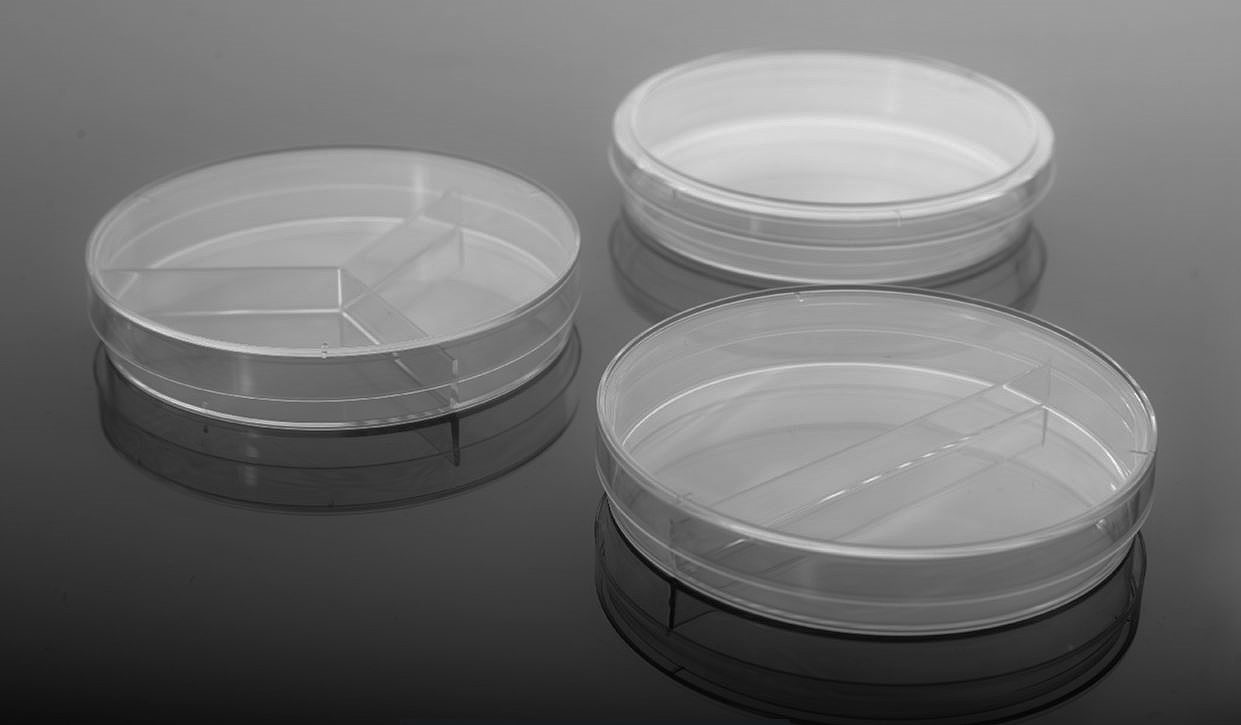Characteristics of the disease:
Eggplant verticillium wilt will develop soon after colonization. When planted in low temperature, the disease will be early and heavy, but the disease area is the largest and the disease is the heaviest. At the beginning of the disease, the leaf margin and leaf veins of the lower petiole of the lower part of the plant are yellowing, and then gradually develop into a half-leaf or whole leaf. The leaf edge is slightly curled upward, and sometimes the lesion is limited to the half-leaf, causing the leaf to be distorted. The early onset eggplants were wilting, recovering in the morning and evening or after the rain, the leaves turned brown, the whole plant was wilting, the leaves were stripped, and the whole plant died. In severe cases, the whole leaves are often yellow, and brown and dead. Most of the disease is caused by the whole plant, and a few still have some disease-free health branches. At the time of onset: it gradually develops upward from the lower part of the plant, and when it is severe, the whole plant leaves fall off. The diseased plant is short, the plant shape is not stretched, the fruit is small, and the long fruit is sometimes curved. In the longitudinal roots, the xylem bundles were visible in the xylem, which was yellowish brown or tan.
Incidence pattern:
Verticillium wilt of eggplant is caused by fungal infiltration. The pathogens are dormant hyphae, chlamydospores and microsclerotia with the diseased bodies overwintering in the soil, becoming the primary source of dip in the leap year. The germs pass through the fertilizers mixed with the sick bodies, the soil with the bacteria and the weeds of the Solanaceae, and are transported to the disease-free fields by wind, rain, people, livestock and agricultural tools. In the second year, the pathogen invades from the root wound or directly from the larval epidermis and root hair, and then propagates in the vascular bundle and spreads to the branches and leaves. The disease is not repeatedly dip-dyed in the same year. The optimum temperature for onset is 19 ° C ~ 24 ° C, and the hyphae and sclerotia are lethal after 10 minutes at 6 ° C. Generally, the temperature is low, and the root wounds heal slowly when planting, which is conducive to the invasion of germs; the terrain is low, the application of unfertilized organic fertilizer, the irrigation is not proper, and the continuous cropping is heavy.
Control method:
(1) Rotating with non-solanaceae or melon crops for 3 to 4 years;
(2) Selection of disease-free seeds and disease-resistant varieties; application of decomposed organic fertilizer;
(3) Remove the diseased plant deeply buried or burned in time, and infuse the liquid in the rhizosphere soil to disinfect and sterilize.
(4) Seed disinfection treatment, the seeds are pre-soaked with cold water for 3 to 4 hours, then soaked in warm water at 55 ° C for 15 minutes, and dried for use.
(5) Chemical control method, application at the time of planting: When the tomato seedlings are planted, the roots of the seedlings are soaked with 1000 times of 1 strain of roots, and after rooting, the roots are filled with the liquid, and 250 ml of each solution is filled. 70% dikesone WP 500 times solution, 500 ml per plant every 10 to 15 days, and even 2 to 3 times.
Sterile Petri Dishes from YongYue medical carries a complete line of contact plates, sterile, square (with a grid) and absorbent pad Petri dishes, cell spreaders and spatulas. Please contact us if you need additional product specifications. Two of our most popular lab dish products are standard petri dish and 3 compartment petri plate.
Sterile Agar Petri Dish
YongYue® petri dishes are offered in a variety of shapes and sizes for your everyday research needs. YongYue® manufactures optically clear plastic petri dish which are precision-molded from biomedical grade polystyrene for Cell Culture. Dishes are packed in heavy-wall polyethylene sleeves to ensure product integrity. YongYue® petri dishes have many applications including cell culture, growing bacteria and growing yeast.
Clear plastic disposable petri dishes of standard depth (15mm). Supplied in sterile packs. Will deform on autoclaving. Triple Vented. Also suitable for the temporary housing of small invertebrates during collection, or for distributing small chemical samples in class.
Diameter: 90mm
Depth: 15mm
Pack of 20

Culture Dish,Petri Dish,Petri Plate,Petri Dish Bacteria,Cell Culture Dish
Yong Yue Medical Technology(Kunshan) Co.,Ltd , https://www.yonyuepcrtube.com